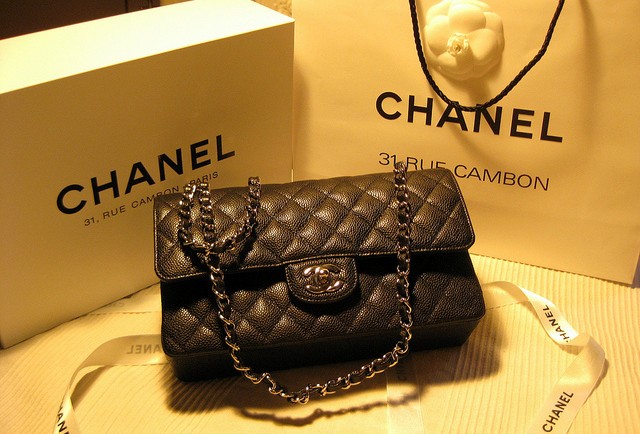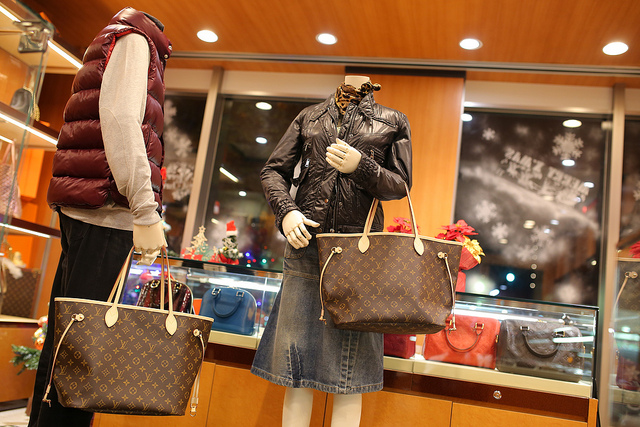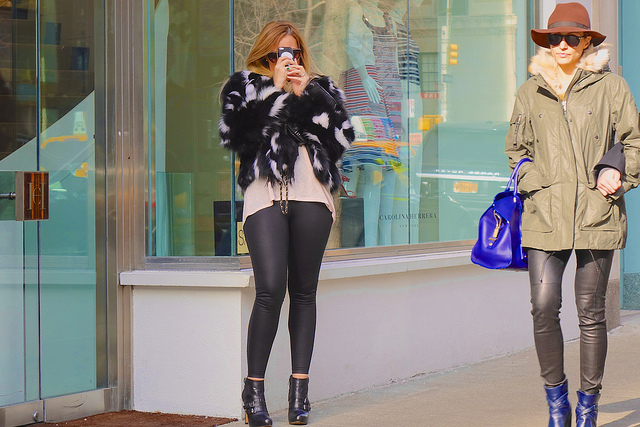
Luxury items are typically symbols of status and wealth. When we see one walking down the street with, say, a Chanel Classic bag, onlookers would definitely label her with words like ‘classy’, ‘stylish’, ‘rich’ and the like. Such bags have a wide range of prices depending on the novelty of the brand, how famous the designers are, as well as the material cost that has gone into the product. Every brand boasts quality in their products, justifying the prices and stature. This goes the same for all luxury goods.
So what exactly are luxury goods? To start it simply, luxury goods are simply, well, just goods! They are considered non-essential items where demand for them usually increase when income is high. Why is that so? Because they are items that we do not need, yet want and would be able to afford when our income reaches a certain level. They serve about similar (okay, to be fair, maybe a little more?) functions as many other product listed in the market. Such examples would include luxury bags like those from Louis Vuitton, sports cars and Rolex watches when there are many other cheaper alternatives that one may choose to own. Luxury companies romanticise their products in order to remain appealing to potential consumers, having the idea of prestige sprayed all over their items in television advertisements and billboards.
As the phrase goes, ‘what you pay is what you get’, but is every single cent worth the item you have paid for?
Many people would be able to more or less recognise the boutique prices of the luxury items when they see them. Because of that, such items tend to make heads turn due to various reasons including envy, awe or even admiration. This is probably one of the main reasons why people would be willing to spend on such a costly item without regard of whether their purchase is worth the money or not. On the down side, replicas are rampant in the market due to people wanting to spend less to look equally good. Not many are able to differentiate between the two most of the time because of how similar (or even accurate) the imitations look. With that, it sure makes me wonder if it is really all that worth the money to buy something when people cannot recognise if the item is truly the real deal.
Psychologists have proven that the mind tricks us to believe that the item that costs more is indeed the one of better quality. When conducting a research, most subjects nominated the bottle labelled ‘mineral water’ as the best tasting water compared to the other 2 bottles they have tasted. However, it has been revealed that the labels on the bottles have been replaced to trick the subjects to believing that the mineral water was, well, truly mineral water. The ‘mineral water’ they have nominated was actually regular tap water, contrary to what they have been made to believe. This can only prove that just giving people an impression can actually cause a huge impact in their choices and actions, likewise to choosing a luxury item over the alternative.
Well, ultimately whether you would prefer to spend a large sum of money or prefer to purchase a cheaper option, the choice is yours. Some would think it as a psychological impact when they carry a bag that makes them look good, some would prioritise practicality. Most importantly, choose what makes you and your wallet happy!






